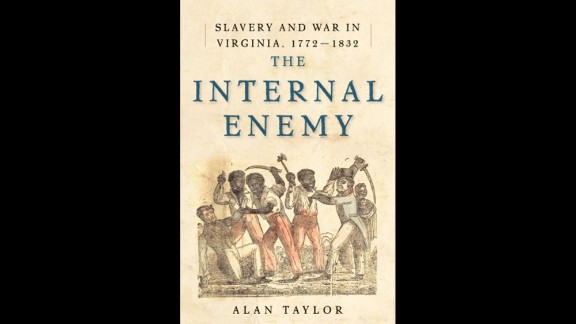

Historians have explored the role of race and slavery in Revolutionary Virginia, but Taylor pushes this narrative through the War of 1812 and beyond to the Virginia legislature’s 1832 rejection of plans to abolish slavery in the state. He draws on rarely examined slaveholder compensation files, submitted by Virginians to the federal government after the War of 1812, to examine the causes, methods, and ultimate consequences of slave flight and the threat of slave revolt in Virginia. He contends that white Virginians’ fear of their self-created “internal enemy” during the American Revolution and the War of 1812 fundamentally changed Virginia and set the state on a path that eventually led to the Civil War. Taylor takes another look at this paradox through the lens of fear.

Historians before Taylor have analyzed the paradox that Virginia presents: a state dedicated to liberty that also kept hundreds of thousands of Africans in bondage. WINTER 2013 83 The Internal Enemy Slavery and War in Virginia, 1772-1832 Alan Taylor Alan Taylor’s The Internal Enemy: Slavery and War in Virginia, 1772-1832 addresses an important and complicated subject: racial slavery in Revolutionary and early national Virginia. In lieu of an abstract, here is a brief excerpt of the content:


 0 kommentar(er)
0 kommentar(er)
